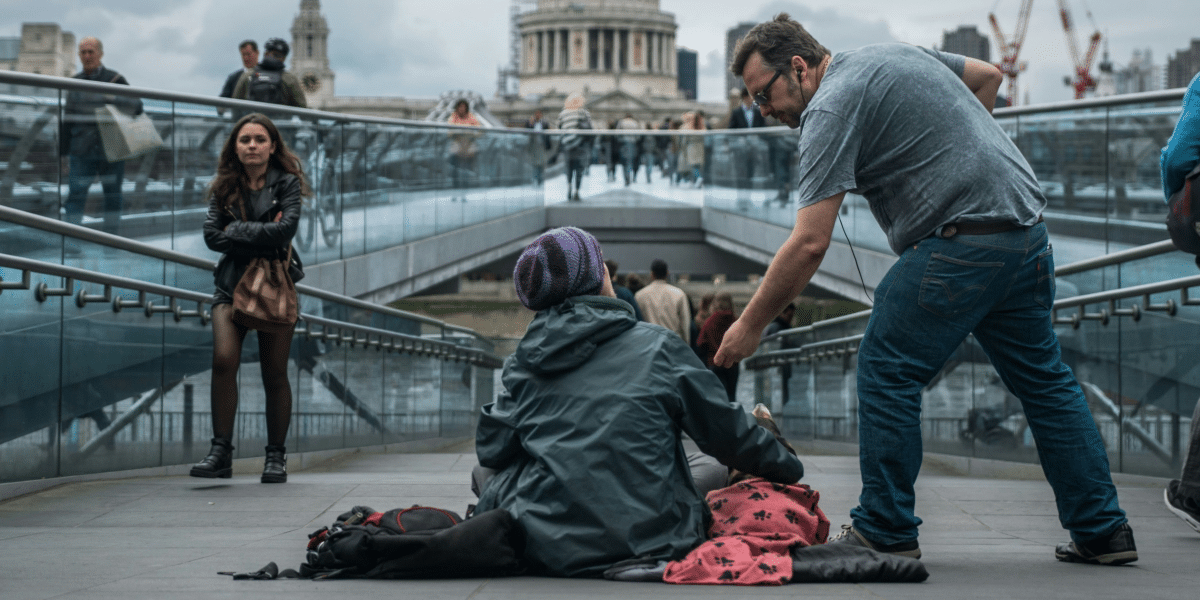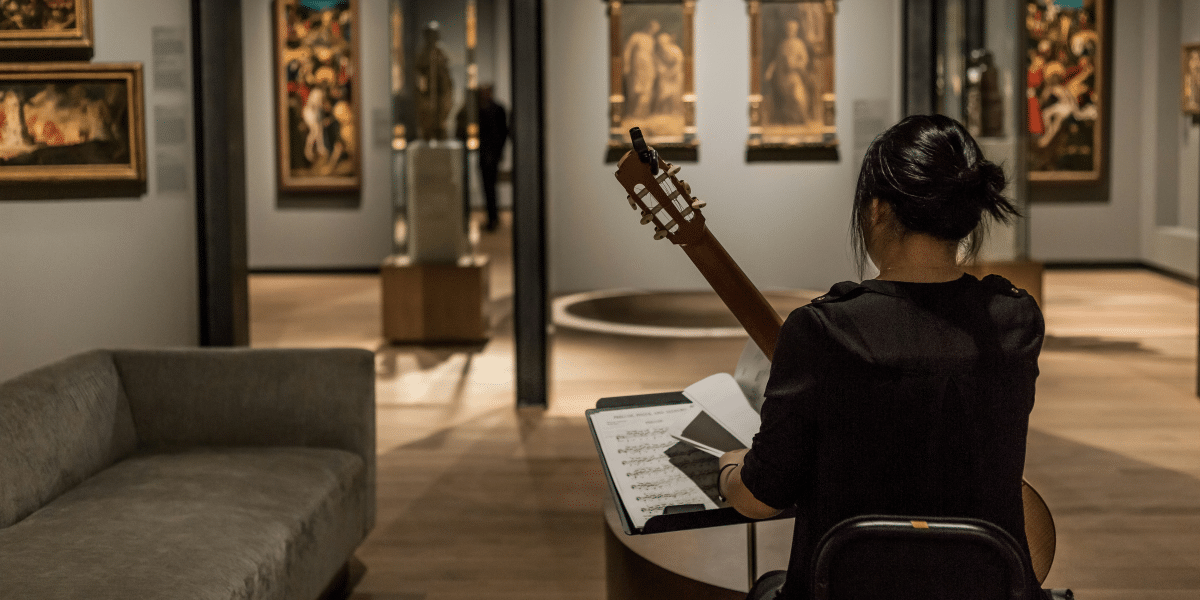The Age Gap: Why Can’t We All Just Get Along?
The generation gap. It’s a phrase tossed around like a worn frisbee, but what does it really mean? Why do Baby Boomers and Gen Z seem to speak different languages (even if they’re technically texting each other)? This article dives into the generational divide, exploring the stereotypes, the social shifts that shaped these age groups, and ways to bridge the gap for a more harmonious future.
Generations Defined: From Baby Boomers to Gen Z
Let’s break it down. Baby Boomers (born roughly between 1946 and 1964) came of age during a period of economic prosperity and social progress. They value hard work, loyalty, and traditional institutions. “Boomers are the ultimate go-getters,” explains a sociologist. “They built their careers on hustle and believe in the power of the American Dream.”
Gen X (born between 1965 and 1980) witnessed the tail end of that boom and the rise of latchkey kids and working mothers. They’re known for their independence, resourcefulness, and skepticism. “Gen X saw their parents chase the dream and sometimes get burned,” says a social commentator. “They’re more pragmatic and less trusting of authority.”
Millennials (born between 1981 and 1996) grew up with technology at their fingertips, witnessing economic instability and social upheaval. They’re often stereotyped as self-absorbed and trophy-hungry, but are also the most diverse and socially conscious generation yet. “Millennials value purpose over paychecks and social justice over status quo,” explains a career counselor.
Gen Z (born after 1996) is the true digital native generation. They’re wired for instant gratification, entrepreneurial, and deeply concerned about social and environmental issues. “Gen Z doesn’t shy away from challenging the status quo,” says a youth worker. “They’re the generation demanding change on climate change, racial justice, and mental health awareness.”
It’s important to remember these are broad strokes. Not every Boomer is a workaholic, and not every Gen Z er is glued to their phone. Stereotypes can be dangerous, creating misunderstandings and fueling the generation gap. “We have more in common than we think,” says a mediator who specializes in generational conflict resolution. “Every generation wants a better life for themselves and their families. We just have different experiences that shape our approach.”
Bridging the Divide: Finding Common Ground
Generations aren’t just a matter of birth years; they’re shaped by the historical events and societal shifts they’ve lived through. Imagine the profound impact of the Vietnam War and Civil Rights Movement on the ideals of Boomers. Gen X, witnessing the rise of technology, understandably values adaptability. Millennials, coming of age during 9/11 and the Great Recession, developed a sense of urgency and a desire for a more just world. And Gen Z, immersed in social media and acutely aware of global threats like climate change, is demanding bold, immediate action.
Understanding where each generation is coming from doesn’t mean giving up on your own principles. “It’s about recognizing that our values are often shaped by experiences outside our control,” explains a professor specializing in generational studies. It’s acknowledging that a Boomer’s emphasis on tradition may stem from a time of rapid change, or that a Gen Zer’s passion for activism may be fueled by a feeling that their generation has been left to clean up the messes of the past.
Empathy paves the way towards effective communication and finding common ground. Maybe it’s focusing on the shared desire for stable jobs and a healthy environment, despite different approaches to achieving those goals. Instead of dismissing a younger generation as “entitled” or an older one as “stuck in the past,” we can reframe the conversation. “It’s not about who’s right, but about how we can listen to each other, learn, and build a better future together,” emphasizes a social change activist.
The reality is, the future belongs to all of us. The workforce is becoming increasingly multigenerational, and workplaces that foster collaboration and open communication will thrive. “We can learn so much from each other,” says a business leader. “Boomers bring experience, Gen X ingenuity, Millennials creativity, and Gen Z digital fluency. Working together is the key to success.”










